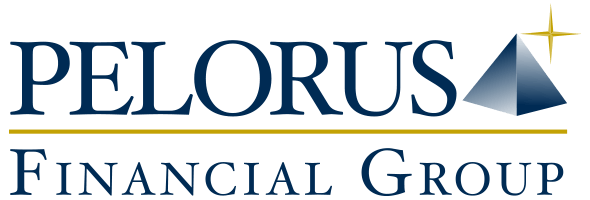Patient Assistance Programs (PAPs)
One of the great things about group benefits programs is that they’re supposed to provide employees with peace of mind in knowing that they have the coverage they need, when they need it. And by and large, that’s true. However, there are occasions when it isn’t. Certain medications and treatment options may not be covered by the program that’s in place, and employees often discover that gap in coverage at the worst possible time: when they need the benefits the most. What is the consequence for those employees? Will they have to pay for their medication themselves? Or, possibly worse, will they be forced to choose an alternate treatment option from the one recommended by their physician? In short, are those employees out of luck? At one time, the answer to that question would have been an unequivocal “yes”. But I’m happy to report that that no longer seems to be the case.
Patient Assistance Programs to the Rescue
Several weeks ago, I attended a seminar where a presenter spoke about a relatively recent development in the realm of drug benefit programs. Called Patient Assistance Programs (PAPs), this initiative is spearheaded primarily by the pharmaceutical companies and aims to address some of the gaps in group benefits coverage provided by insurance companies. As plan sponsors, it’s important to recognize the existence of PAPs and to understand the important role they can play in your employees’ health and well being. The support that PAPs provide can be both financial and emotional. Employees can turn to them for help with everything from covering the cost of their medication to acting as a liaison with insurance companies to maximize their group plan benefits. Consider some of the ways PAPs can help employees:
- Generic vs. Brand Name Drugs: Often, when the patent runs out of a brand name drug, a generic drug takes its place on the pharmacy shelf – usually at a lower cost. Most insurance companies have instituted a mandatory enhanced generic substitution program – and that means they’ll only cover the cost of the generic drug. If the employee wants – or is advised by his or her physician – to insist on receiving the brand name drug, then he or she is obliged to pay the difference in cost between the generic and brand name drugs. Many brand name pharmaceutical companies are responding positively to this situation by providing financial aid through a PAP. The patient receives a pharmaceutical company-sponsored drug card which covers the difference in the cost of its brand name drug.
- Biologic Drugs: Health Canada defines biologic drugs as those that are manufactured from, or through the use of, animals or microorganisms. Examples of biologic drugs include insulin, immunizations, blood components and gene therapy products. These drugs can be prescribed for a range of uses, from controlling diabetes to treating cancer. However, a variety of factors can make taking biologic drugs challenging for patients. For one, they can be very costly and most plans offer only a limited amount of coverage. Plus, they often have to be stored under very specific conditions, and not in a physician’s office or patient’s home. In addition, many biologic drugs have to be administered by a professional at a clinic and that service may not be covered by OHIP or by the group benefits plan. A PAP can help by not only assisting with the cost of the medication, but by offering free private clinics for drug storage and administration so employees have alternatives available to them.
- Patient Support: PAPs offer a broad range of patient support initiatives that extend far beyond financial assistance. Depending on the program, employees may be able to rely on a PAP for help with everything from navigating through their insurance carrier’s requirements for reimbursement to educating them about their disease. For example, some PAPs provide “patient coaching” where program staff follow up with patients after medication is taken to offer support and encourage continued compliance – especially when there are known negative side effects. Other PAP services might include coordinating a patient’s appointments with health care professionals prior to and after treatments. Having that kind of support means that employees can focus their energies on getting healthy and returning to work.
As a plan sponsor, it’s in your interest to understand the alternatives available to employees when it comes to their health and treatment options. To find out more about Patient Assistance Programs and the various ways they may be helpful to your employees – and by extension, your organization – please don’t hesitate to contact me by email at gfabello@thinkpelorus.ca or by phone at 905-850-3330, ext. 25. Glenn Fabello is principal and managing partner at Pelorus Financial Group (www.thinkpelorus.ca) and has more than 20 years’ experience developing group benefits solutions for clients across a range of industries. Source: The Private Benefits Plan Sponsor’s Guide to the Patient Assistance Program is sponsored by the following pharmaceutical companies: Abbvie, Amgen, Janssen, Novartis, Pfizer, RX Help.ca, Sanofi and Shoppers Health Care. Patient Assistance Programs
